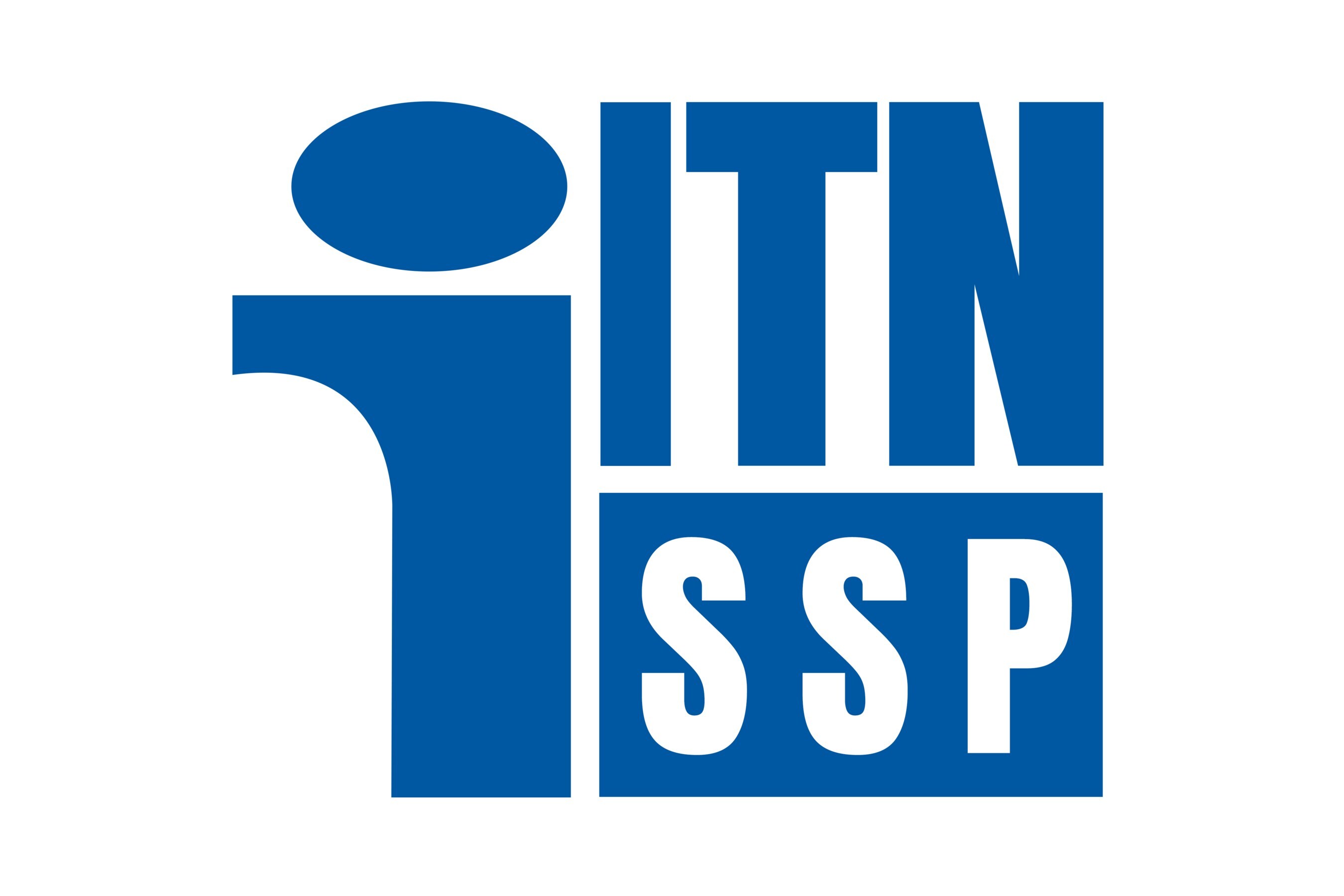Wanted: Comments on Methods to Determine DTV OTA Service
The FCC is seeking information about how to determine whether a household is able to receive over-the-air DTV signals. When households are unable to receive OTA DTV, the Satellite Home View Extension and Reauthorization Act of 2004 allows DBS providers to supply them with distant broadcast DTV network signals via satellite. The Notice of Inquiry (NOI) has yet to be released, but an FCC news release Federal Communications Commission Requests Comment on Distant Digital Television Reception lists topics covered in the NOI. Under the original Satellite Home Viewer Act (SHVA), the Grade B signal level, as predicted by Longley-Rice after adding losses for foliage and buildings based on USGS land use data determines coverage. The NOI asks whether a similar method should be used to determine coverage for DTV signals and also asks whether interference from other TV stations should be considered. Interference from others stations is not considered in determining analog TV coverage.
Adoption of the FCC OET Bulletin 72 methodology could result in DTV stations losing SHVERA protection in areas that are predicted to have service under FCC OET Bulletin 69, which doesn't add signal loss based on land-use data. Stations in mountainous areas will see additional coverage reductions because OET-72 accepts the signal levels predicted by Longley-Rice when it returns KWX=3 ("Error Code 3"), unlike OET-69, which treats Error Code 3 cells as having service and not receiving interference regardless of the predicted signal levels.
It is widely accepted that the receiver performance standards used in OET-69 DTV coverage studies are overly optimistic. The NOI requested information on "whether the Commission should account for variation in the ability of reasonably priced consumer digital television sets to receive and resolve over-the-air signals when setting a standard for determining if a household is unserved by DTV," the news release stated. The NOI also asks, "whether the Commission should account for different antenna installations and orientation."
The News Release indicated the FCC was also interested in whether its analog TV signal measurement procedures should be revised for determining whether a location was unserved by a local DTV station and whether a new standard that does not rely on signal strength should be used. It was also open to new methods, asking, "whether a new predictive methodology for determining whether a household is unserved by an adequate digital signal should be developed."
The professional video industry's #1 source for news, trends and product and tech information. Sign up below.
